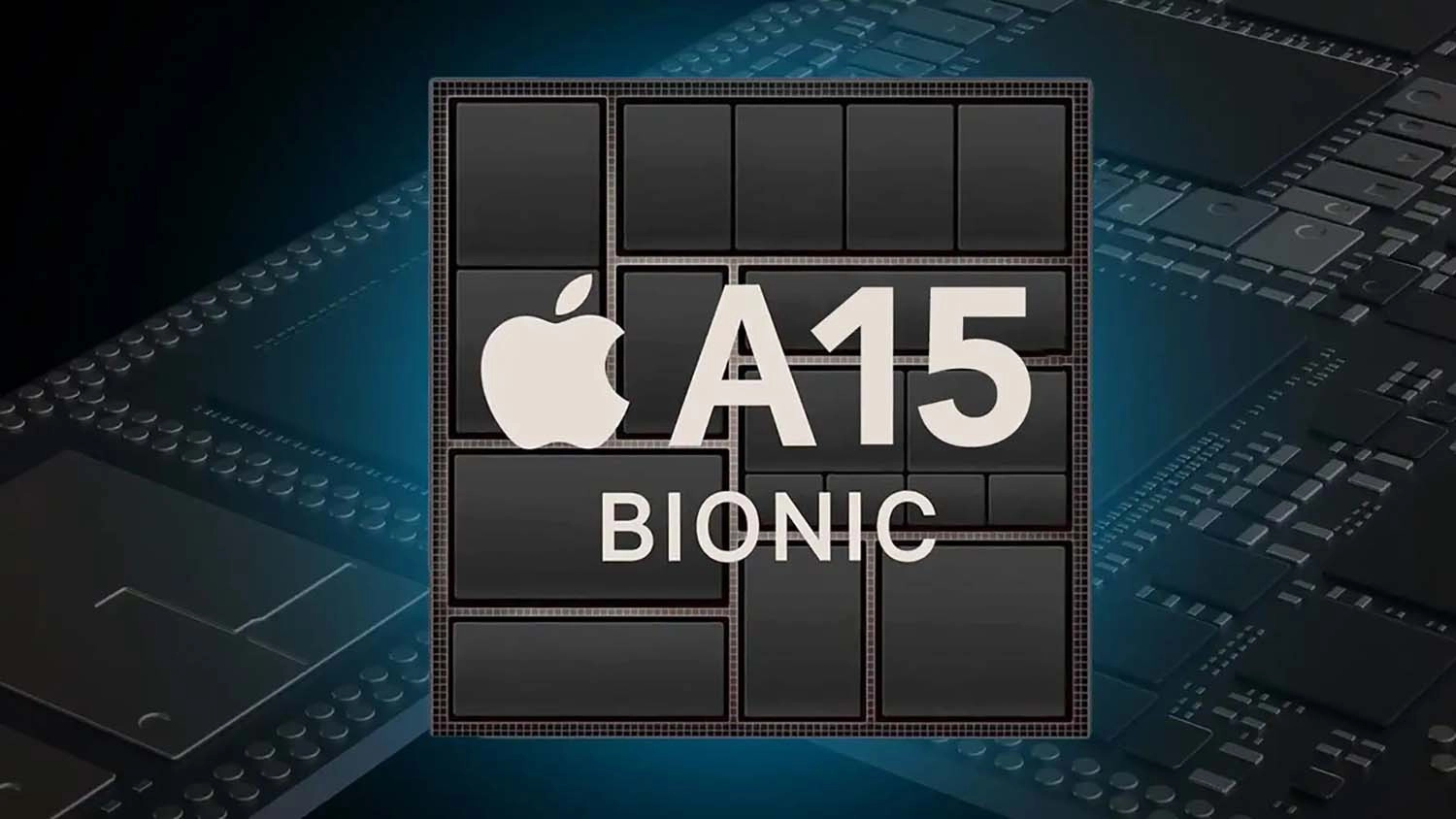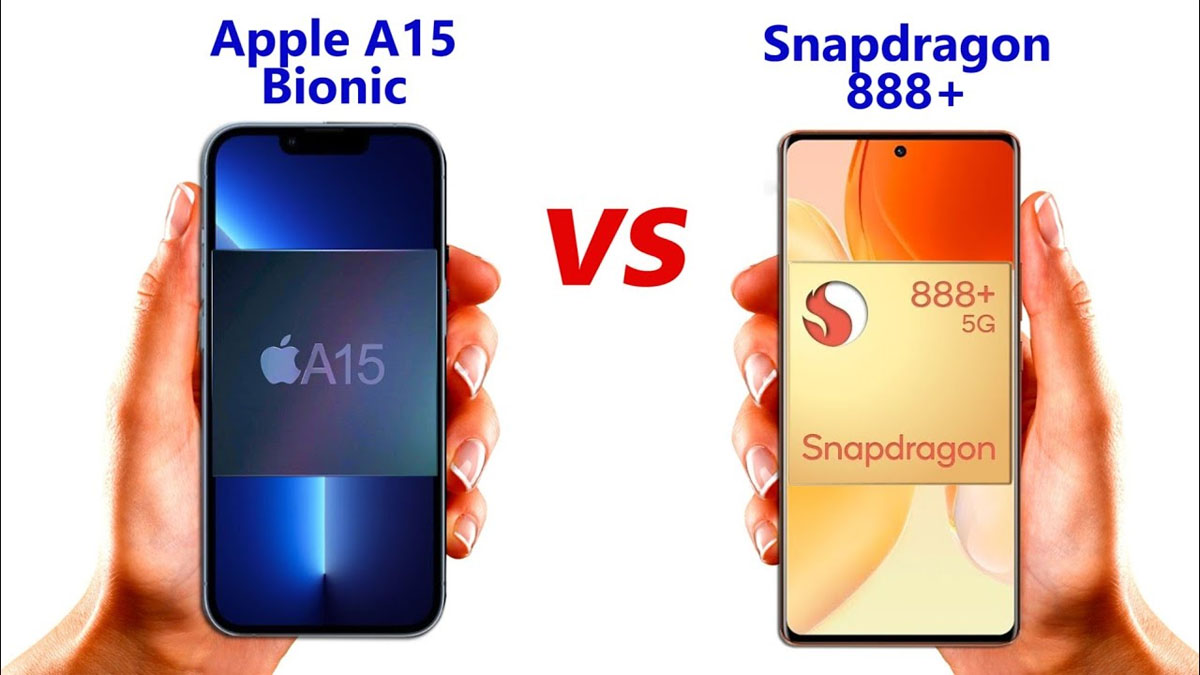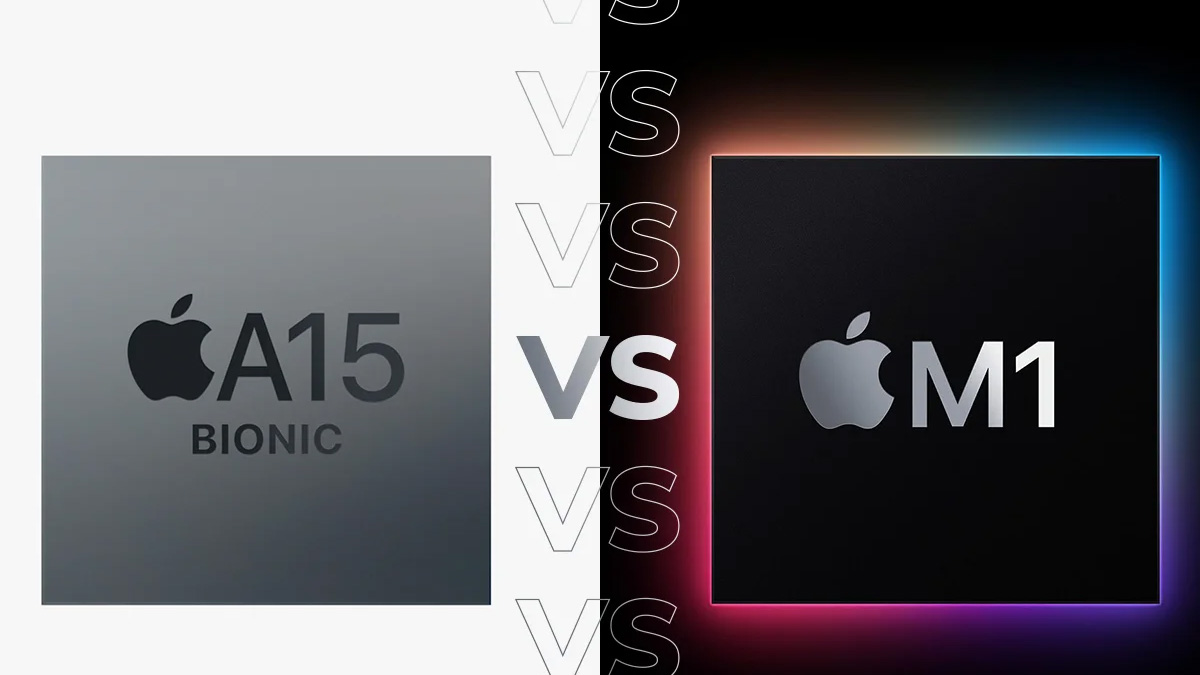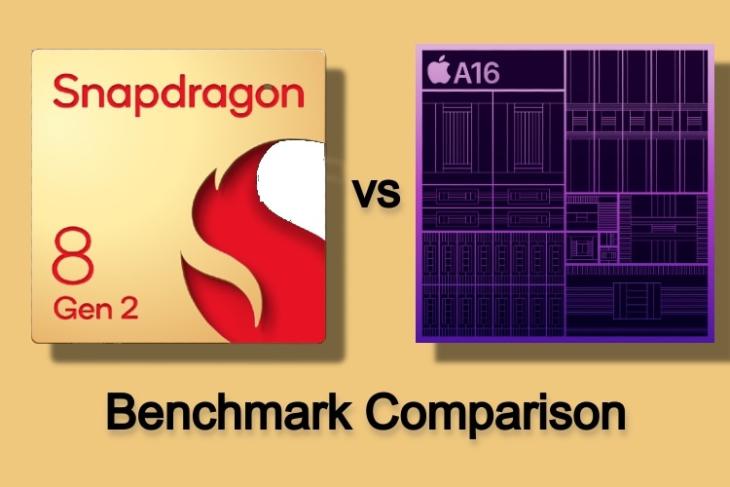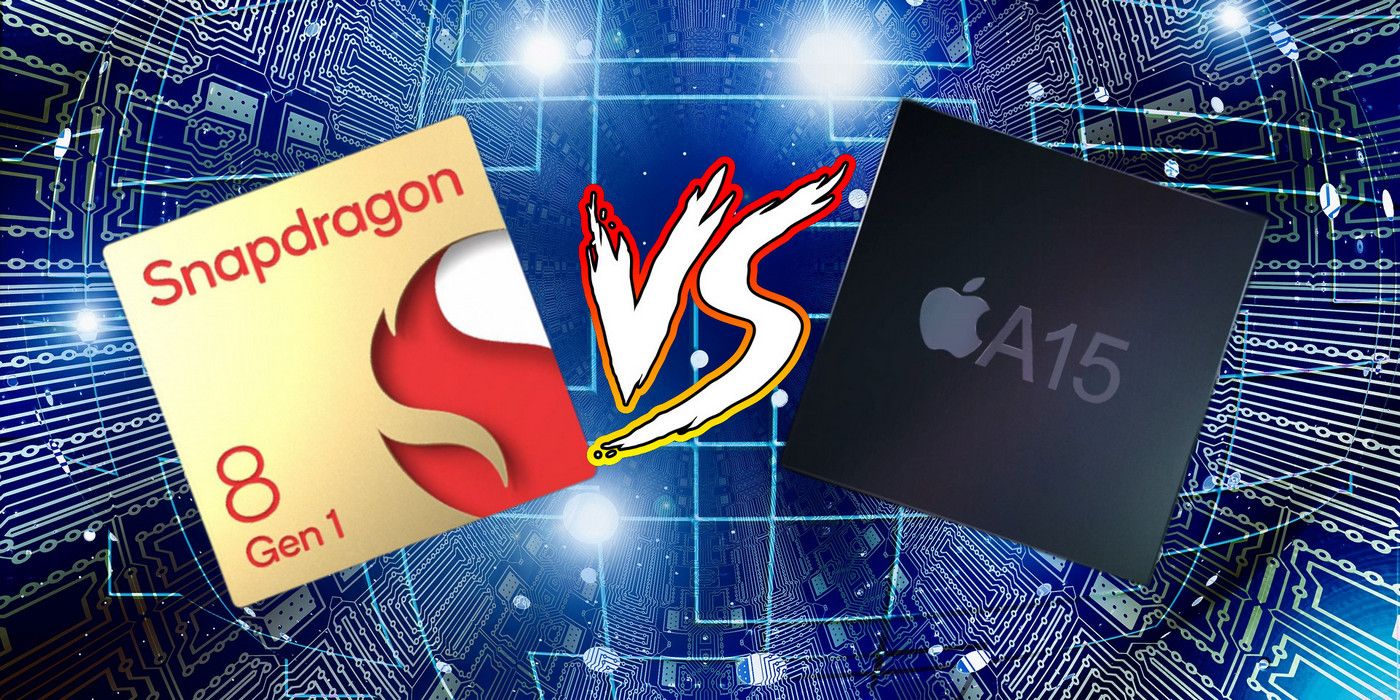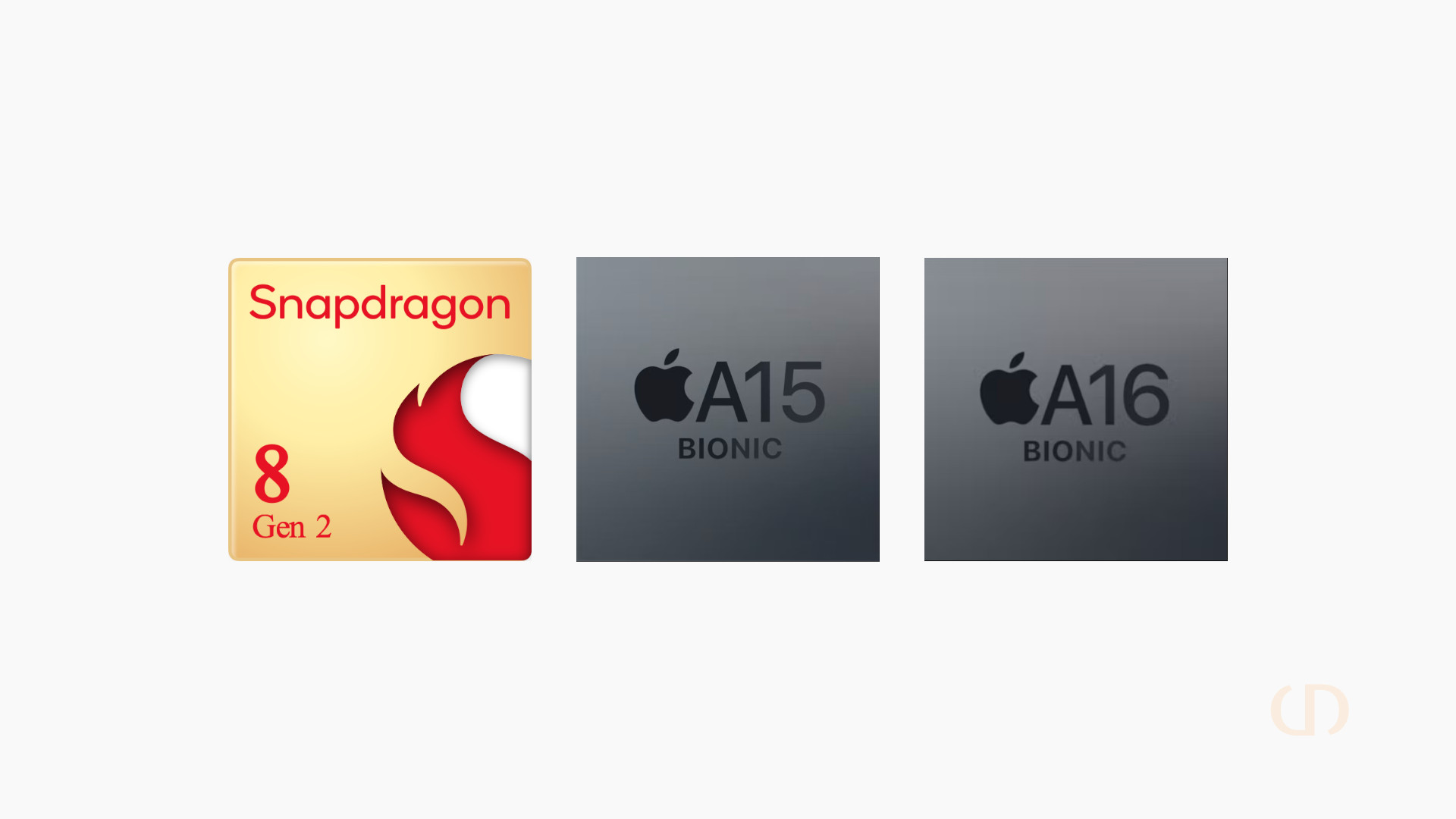A15 Bionic Vs Snapdragon 8 Gen 3

The relentless pursuit of mobile processing supremacy continues to captivate the tech world. The spotlight is now firmly on a comparison that, while seemingly disparate, reveals much about the evolution of smartphone chip design: the A15 Bionic against the Snapdragon 8 Gen 3.
This isn't just about pitting an older Apple chip against Qualcomm's latest flagship. It's about understanding how different architectural philosophies, manufacturing processes, and performance priorities translate into real-world user experiences. Can a chip released years ago still hold its own against the current generation's powerhouse, and what does this tell us about the longevity and efficiency of mobile silicon?
This article delves deep into the architecture, performance metrics, and power efficiency of both processors. We'll dissect their strengths and weaknesses across various benchmarks, exploring the nuances that make each chip unique. Ultimately, we aim to provide a comprehensive understanding of their relative capabilities and implications for the future of mobile computing.
Architecture and Design
The A15 Bionic, found in the iPhone 13 series and iPad mini 6, is built on a 5nm process.
It features a 6-core CPU with two high-performance cores and four efficiency cores, alongside a 5-core GPU and a 16-core Neural Engine.
In contrast, the Snapdragon 8 Gen 3, fabricated on a 4nm process, boasts a more complex CPU configuration. It employs an octa-core design with one prime core, five performance cores, and two efficiency cores.
Its Adreno GPU is significantly upgraded, and its dedicated AI engine is designed for demanding on-device machine learning tasks.
This difference in core configuration reflects differing philosophies. Apple favors tightly integrated hardware and software, optimizing for specific workloads. Qualcomm, on the other hand, caters to a broader Android ecosystem with more diverse performance demands.
Performance Benchmarks
Benchmarks reveal a complex picture. Geekbench scores show the Snapdragon 8 Gen 3 leading in multi-core performance due to its core count advantage.
However, the A15 Bionic often exhibits strong single-core performance, demonstrating Apple's focus on per-core efficiency and speed.
GPU performance tells a similar story. The Snapdragon 8 Gen 3's Adreno GPU generally outperforms the A15 Bionic's in graphics-intensive tasks like gaming and video editing.
This is attributable to advancements in GPU architecture and clock speeds.
However, it's important to note that benchmarks are just one piece of the puzzle. Real-world performance is influenced by factors like software optimization, thermal management, and overall system design.
Power Efficiency
Power efficiency is a critical consideration in mobile devices. The A15 Bionic, with its mature 5nm process and tightly controlled ecosystem, has often been praised for its efficiency.
It delivers impressive performance without excessively draining the battery.
The Snapdragon 8 Gen 3, despite being on a more advanced 4nm node, faces the challenge of powering a more complex architecture.
Early tests suggest improved efficiency compared to its predecessors, but it still requires careful power management to avoid overheating and excessive battery drain.
Ultimately, power efficiency depends heavily on the specific device implementation and workload. A phone with aggressive background processes will drain the battery faster regardless of the underlying chip.
AI and Machine Learning
Both the A15 Bionic and Snapdragon 8 Gen 3 feature dedicated AI engines for accelerating machine learning tasks.
These engines are used for everything from image processing to voice recognition and on-device translation.
The Snapdragon 8 Gen 3 generally holds an advantage in raw AI processing power. Qualcomm has invested heavily in AI acceleration, particularly for computer vision and natural language processing.
This translates to faster performance in tasks like object recognition, scene understanding, and real-time language translation.
Apple's Neural Engine in the A15 Bionic remains a capable performer. Apple focuses on integrating AI capabilities seamlessly into the user experience, optimizing for tasks like Siri, camera features, and augmented reality.
Software and Ecosystem
The software ecosystem plays a crucial role in determining overall performance. Apple's tight control over iOS allows for deep optimization and seamless integration with the A15 Bionic.
This can result in a smoother and more responsive user experience, even when compared to Android devices with seemingly more powerful hardware.
The Snapdragon 8 Gen 3, on the other hand, powers a vast array of Android devices from different manufacturers. This diversity necessitates a more general-purpose approach to software optimization.
While Android has made significant strides in recent years, fragmentation and variations in manufacturer-specific software layers can still impact performance.
Longevity and Future-Proofing
The A15 Bionic's continued relevance several years after its release speaks to Apple's focus on long-term software support. Apple consistently provides software updates for its older devices, ensuring they remain competitive and secure.
The Snapdragon 8 Gen 3, as the latest generation chip, enjoys the benefits of ongoing software improvements and optimization from both Qualcomm and Android developers.
However, the long-term software support for Android devices can vary significantly depending on the manufacturer.
Conclusion
The comparison between the A15 Bionic and the Snapdragon 8 Gen 3 is not a simple case of one chip being definitively "better" than the other. Each processor excels in different areas, reflecting their respective design philosophies and ecosystem constraints.
The Snapdragon 8 Gen 3 generally offers higher peak performance in multi-core tasks and graphics-intensive applications. The A15 Bionic, however, impresses with its single-core efficiency and optimized performance within the Apple ecosystem.
Ultimately, the choice between devices powered by these chips depends on individual user needs and priorities. Understanding the strengths and weaknesses of each processor is crucial for making an informed decision in the ever-evolving landscape of mobile technology.
